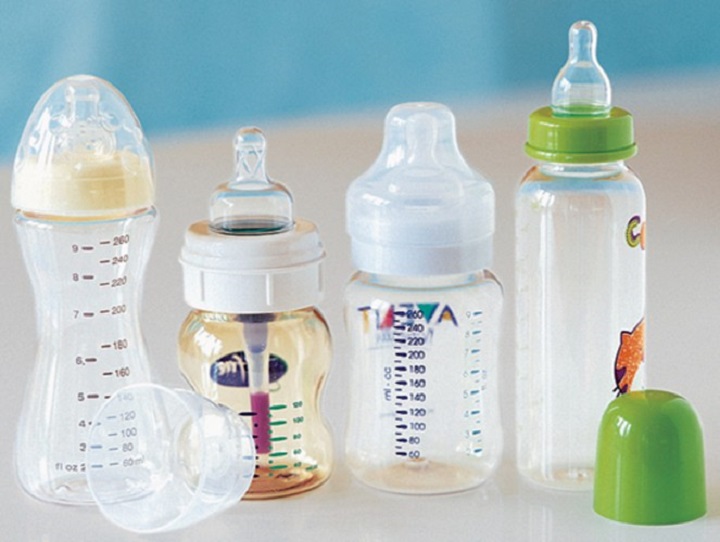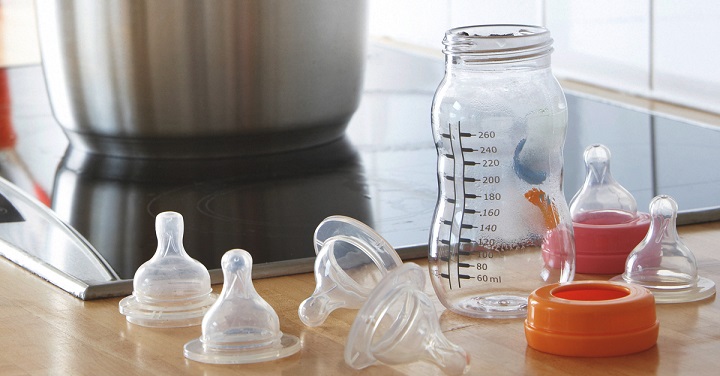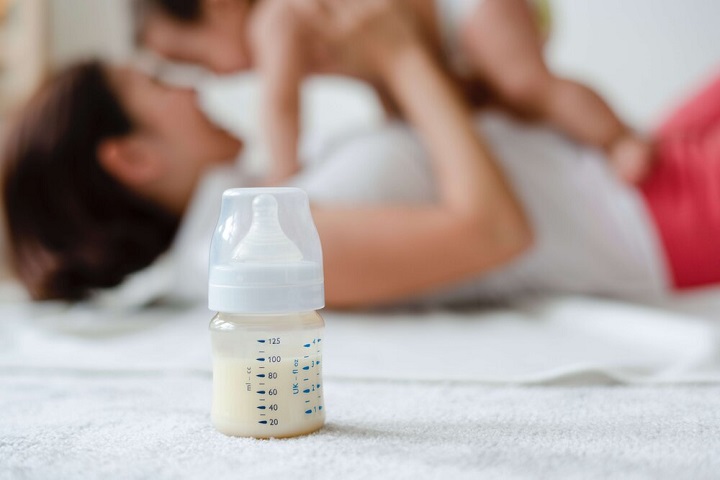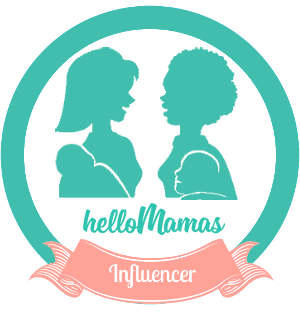Baby Bottles 101: How to Choose the Right Ones
During my first pregnancy, one of the things that I have planned in my mind was breastfeeding. After reading all the benefits of breastfeeding for babies, I came to the conclusion that it was the best option for my child. However, it just wasn’t possible. After all the help from the nurses in the hospital and the consolation talks such as”Don’t worry, your milk will come”, it turned out, it never did.
Since I had assumed I would be breastfeeding, I didn’t have any baby milk bottles on hand or any other feeding supplies. Furthermore, I had no idea what I needed to buy and had to learn as I went. I wish that I had known what bottle feeding supplies I needed from the beginning so I didn’t have to rush to pick up more supplies every time I realized I needed something else.
So, based on my experience, I would recommend preparing all your supplies before the baby arrives. This way you won’t have to worry about shopping when you are busy caring for your newborn.
Which Milk Bottle is Good for Baby?

There are many different baby milk bottle types on the market. When it comes to choosing the right one, there is no rule to follow – what works for some babies may not work for others. For example, babies who are used to breastfeeding may have more success drinking from a bottle that aims to mimic the shape and feel of a breast, like the “Closer to Nature Bottle” from Tommee Tippee.
Ethan had colic issues when he was a baby, and something that helped reduce his colic was a feeding bottle with an anti-colic valved. Baby bottles that feature an anti-colic valve are a great way to soothe a colicky baby. An anti-colic valve reduces excessive air flow, so your little one ingests more milk and less air.
When it comes to size, baby bottles generally come in small and large sizes. Small sizes are convenient during the newborn days when babies drink about 60 ml to 90 ml per feed. However, babies grow out of the small bottles very quick, so you can save money by skipping them and using larger bottles from the beginning if you want.
In addition to the bottle, it’s also important to pay attention to the flow of the nipple, which varies based on the infant’s age. Generally speaking, young babies need a slower flow while older babies who’ve mastered the art of bottle-feeling can handle a faster flow. Nipples may be called slow flow, medium flow or fast flow or might be numbered from one to three, with one being the slowest flow. While there is no standard of flow between different brands, for newborns, start with level one or slow flow.
Cleaning and Sterilising

You will also want to look for a bottle that’s easy to take apart and clean. That generally means a nice and wide neck and as few parts as possible. When it comes to how to clean a baby milk bottle, there are a couple of steps you need to follow. From time to time sterilize the parts and nipples in boiling water for a few minutes (this is a must-have procedure for new parts).
After that, a thorough wash in hot, soapy water will be fine. Make sure you get into all the little nooks with a detail brush. You can also clean the bottles in the dishwasher – you can get a basket that keeps all the small parts contained. Then, let the bottles and their components air dry thoroughly. The parts should be completely dry before storing them.
Choosing the Baby Formula

The majority of baby formulas available are cow’s milk-based, with the amounts of protein, fat and carbohydrate modified to resemble that of breast milk. In order to provide the essential nutrients needed for growth and development, formulas contain added vitamins and minerals (including iron).
It is important to understand that baby formula is the only suitable alternative to breast milk. Plain cow, sheep, goat, soy, rice milk, homemade formula, or toddler milk, shouldn’t be used as the main milk for infants under 12 months old because they don’t offer the right balance of nutrients.
Before starting on a formula, it’s good to talk to your health professional and get some info on how to prepare, store and use formulas properly. Infant formulas that are cow’s milk-based are generally suitable for infants unless they can’t be taken for medical or other reasons. If there is a family history of allergies, talk to your health professional before introducing infant formula. If for some reason, your baby can’t have cow’s milk-based formula, there are special formulas available, but they should only be used under medical supervision.
There are really not many differences between brands in terms of protein, energy, fat, vitamins, minerals and carbohydrates, so the choice generally comes down to cost and availability. And unless specified by your pediatrician, follow the instructions on the package, including using the age-appropriate formula for your little one. “Step 1”, “newborn”, and “starter” formulas are for newborns to 1-year-olds. “Step 2”, “progress” and “follow on” formulas can be used from 6 months to 1-year-olds.



